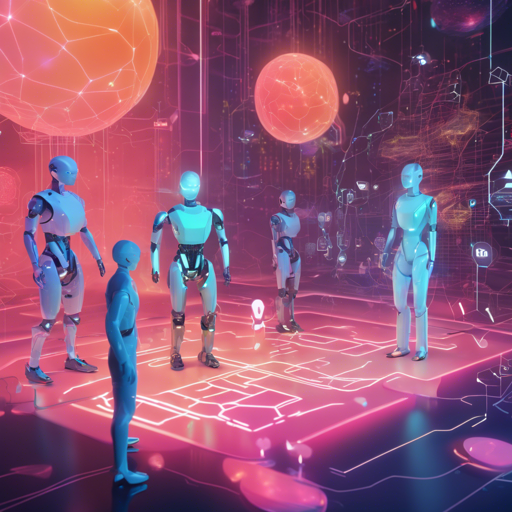Welcome to the world of visual dialog, where AI agents are trained to engage in meaningful conversations about images! In this blog, we will explore how to implement the concepts presented in the paper Learning Cooperative Visual Dialog Agents with Deep Reinforcement Learning. This repository provides a PyTorch implementation for training questioner and answerer agents. Let’s dive in!
Table of Contents
Setup and Dependencies
To get started with the Visdial-RL-PyTorch codebase, follow these simple steps to ensure you have the appropriate setup:
- Install Python 3.6.
- Install PyTorch v0.3.1 (preferably with CUDA for GPU acceleration). Note that PyTorch 0.4 is not supported.
- If you need to extract your own image features, you will need to install several dependencies (links are provided in the original instructions).
- Clone the repository:
git clone https://github.com/batra-mlp-lab/visdial-rl.git visdial-pytorch - Use Anaconda to create the virtual environment:
conda env create -f env.yml
Usage
After setting up, you can proceed with the following steps to preprocess data and start using the model:
Preprocessing VisDial
Download and preprocess the VisDial data as instructed in the VisDial repository. To do this, run:
cd data
python prepro.py -version 0.5 -download 1This will prepare the necessary data files.
Extracting Image Features
To extract features using VGG-19 or ResNet, run the respective commands as described in the README. For VGG-19, use:
sh data/download_model.sh vgg 19
cd data
th prepro_img_vgg19.lua -imageRoot pathtococoimages -gpuid 0Training the Model
For training, utilize pre-defined models in the “models” folder. Supervised pre-training can be done with:
python train.py -useGPU -trainMode sl-abotRL fine-tuning of both the questioner and answerer can be performed with:
python train.py -useGPU -trainMode rl-full-QAf -startFrom checkpointsabot_sl_ep60.vd -qstartFrom checkpointsqbot_sl_ep60.vdEach command has specific training modes catering to either supervised learning or reinforcement learning, like a master chef having different recipes. Each recipe yields a delicious outcome in its own way.
Troubleshooting
While embarking on this coding journey, you may encounter some hiccups. Here are some troubleshooting tips:
- **Environment Issues:** Ensure your Python version and PyTorch installation match the listed dependencies in the README. Use
pip listto check your installed packages. - **Model Not Training:** If the model isn’t training, double-check the training command arguments and ensure you’ve downloaded all necessary data files correctly.
- **Preprocessed Data Issues:** If your preprocessed data appears incorrect, retrace your preprocessing steps and ensure all files were generated as described.
- If challenges persist, feel free to connect with us for additional support. For more insights, updates, or to collaborate on AI development projects, stay connected with fxis.ai.
At fxis.ai, we believe that such advancements are crucial for the future of AI, as they enable more comprehensive and effective solutions. Our team is continually exploring new methodologies to push the envelope in artificial intelligence, ensuring that our clients benefit from the latest technological innovations.
Conclusion
Congratulations! You have taken your first steps towards building Cooperative Visual Dialog Agents with Deep Reinforcement Learning. This adventure not only enhances your skills but also contributes to the ever-evolving field of AI. Happy coding!

